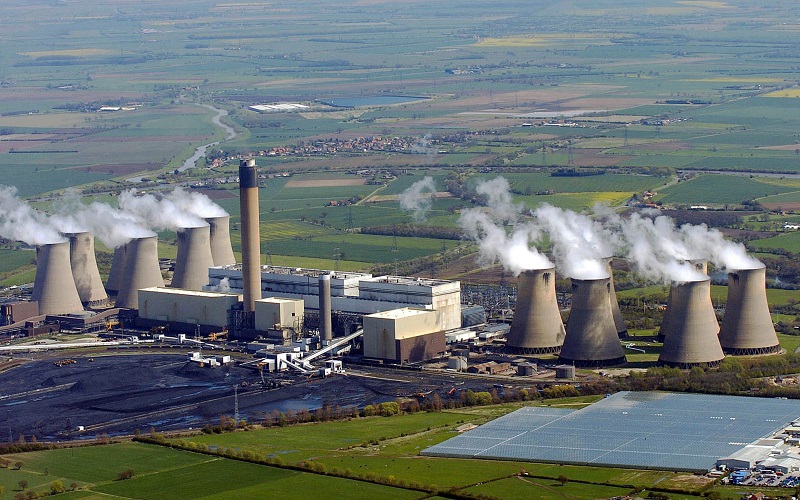According to a report published today by Drax, the combined capacity of renewables -wind, solar, biomass, hydro and ‘other’ – in the U.K. reached 42 GW in the third quarter of 2018. Available capacity from fossil fuels, meanwhile, fell to 40.6 GW, with around one third being retired over the last five years.
The report, Electric Insights Quarterly – Q3 2018, notes this is the first time that renewables have taken the largest share of Britain’s electricity infrastructure. The largest share of renewable capacity, around 20 GW, comes from wind, with solar in second place with 13 GW.
It also calculates that so far in this decade, the U.K. has added approximately 3.8 GW of new renewable capacity per year on average, breaking down as follows: 1 GW of onshore wind, 0.8 GW of offshore wind, 1.4 GW of solar and 0.4 GW of biomass. Solar’s share in this growth has fallen in the past two years thanks to the withdrawal of incentives for further installation, though a few projects have managed to find business models that work ‘subsidy free'.
Capacity and generation
In terms of generation, gas was the leader during the three months to the end of September, responsible for 37.8% of the country’s electricity mix. However, this is 10% lower than in the third quarter of 2017, and all renewable technologies were able to increase their share in the electricity mix year-on-year. Solar represented 6.2% of the energy mix, producing around 4.1 TWh.
The report also finds that wholesale power prices in Britain were at a 10-year high during the three months to the end of September, averaging GBP 60/MWh – more than a 50% increase on Q3 2017’s GBP 42/MWh.
While rising natural gas prices, higher prices on CO² emissions, and the current weakness of Britain’s currency are cited as key reasons behind this, Drax also notes the importance of building a more flexible energy system to keeping costs down. According to Electric Insights, costs for balancing the grid spike when the output from renewables is high, and there were 58 during the report’s three-month period where the cost of managing the electricity flow was greater than the cost of actually generating electricity.
“The cost of balancing the system has doubled in the last four years. The amount of flexible generation on the system is a key driver. Balancing costs rise when the output from flexible generators such as gas, coal, biomass and hydro, falls below 10GW,” explains Iain Staffel, Lecturer in Sustainable Energy Systems at Imperial College London, which produces the report independently for Drax. “Having a ‘brittle’ power system with limited flexibility will be more expensive to control. More flexible generation, storage and demand-side response will be critical in minimising system costs in the future.”
This content is protected by copyright and may not be reused. If you want to cooperate with us and would like to reuse some of our content, please contact: editors@pv-magazine.com.




By submitting this form you agree to pv magazine using your data for the purposes of publishing your comment.
Your personal data will only be disclosed or otherwise transmitted to third parties for the purposes of spam filtering or if this is necessary for technical maintenance of the website. Any other transfer to third parties will not take place unless this is justified on the basis of applicable data protection regulations or if pv magazine is legally obliged to do so.
You may revoke this consent at any time with effect for the future, in which case your personal data will be deleted immediately. Otherwise, your data will be deleted if pv magazine has processed your request or the purpose of data storage is fulfilled.
Further information on data privacy can be found in our Data Protection Policy.